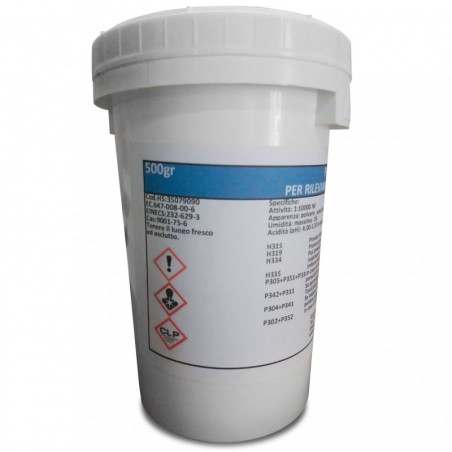The objectives of this study were to compare and characterize the prevalence of antimicrobial-resistant (AR) Campylobacter in conventional and antimicrobial-free (ABF) production systems on farms, at slaughter, and in the environment. Fecal and environmental samples were collected from ABF farms (pigs, 1,239; environment, 797) and conventional farms (pigs, 1,650; environment, 1,325). At slaughter, we collected samples from carcasses, including postevisceration swabs, postchill swabs, and mesenteric lymph nodes from ABF systems (postevisceration swabs, 182; postchill swabs, 199; mesenteric lymph nodes, 184) and conventional systems (postevisceration swabs, 272; postchill swabs, 271; mesenteric lymph nodes, 255) at separate processing facilities. We also sampled the processing plant environment, including truck and lairage floor swab samples (ABF, 115; conventional, 90).
Overall, a total of 2,908 Campylobacter isolates, including Campylobacter coli (farm, 2,557, 99.8%; slaughter, 341, 98.3%) and Campylobacter jejuni (farm, 4, 0.2%; slaughter, 6, 1.7%), were isolated in the study. There was no significant difference in the prevalence of Campylobacter between ABF and conventionally raised pigs (farrowing, P = 0.20; nursery, P = 0.06; finishing, P = 0.24) and the environment (P = 0.37). At slaughter, Campylobacter was isolated from all of the stages, including postchill. The highest frequencies of resistance were exhibited against tetracycline (ABF, 48.2%; conventional, 88.3%). Ciprofloxacin-resistant C. coli isolates were observed in conventionally raised (17.1%) and ABF (1.2%) pigs (P = 0.11). Antimicrobial use data from conventional farms indicated significant associations between oxytetracycline use and tetracycline resistance in the nursery pigs (P = 0.01), between tiamulin exposure and azithromycin and erythromycin resistance in nursery (P < 0.01) and finishing (P < 0.01) pigs, and between enrofloxacin exposure and ciprofloxacin and nalidixic acid resistance in farrowing (P < 0.01) and nursery (P < 0.01) pigs. Identical antimicrobial resistance profiles were observed in the pigs and their environments on farms and at slaughter.

In summary, our results highlight the persistence and dissemination of AR Campylobacter from farm to slaughter in ABF and conventionally raised pigs and their environments.
Quintana-Hayashi MP, Thakur S. Longitudinal study of the persistence of antimicrobial-resistant campylobacter strains in distinct Swine production systems on farms, at slaughter, and in the environment. Appl Environ Microbiol. 2012 Apr;78(8):2698-705.




